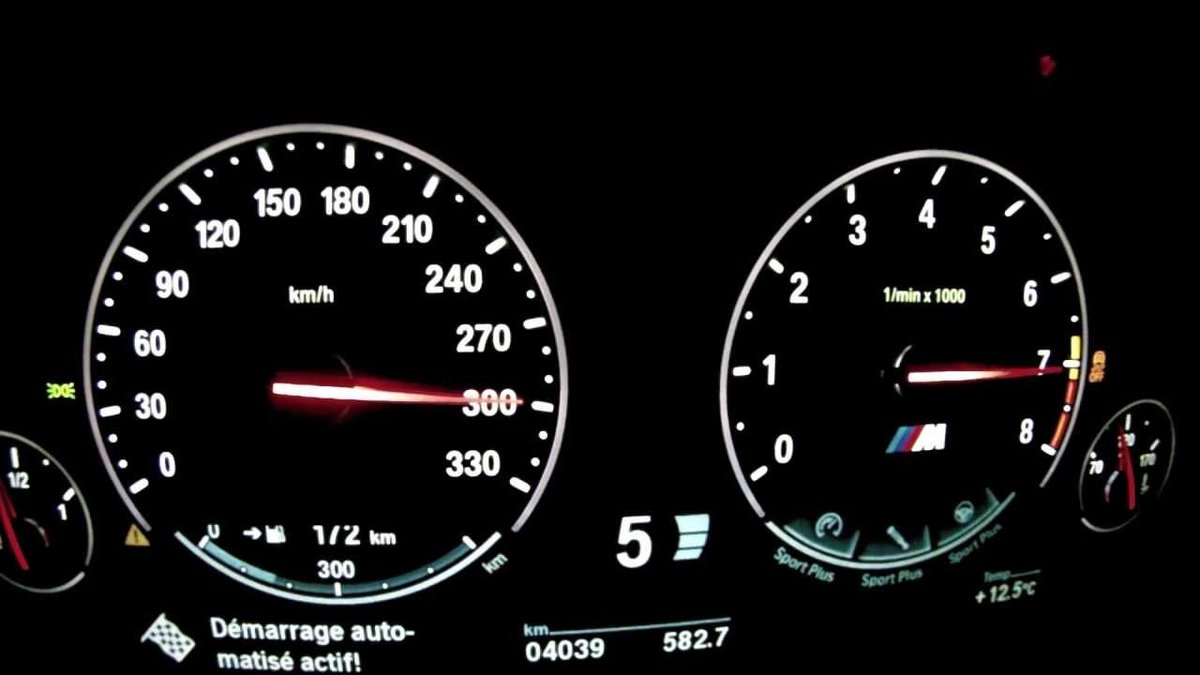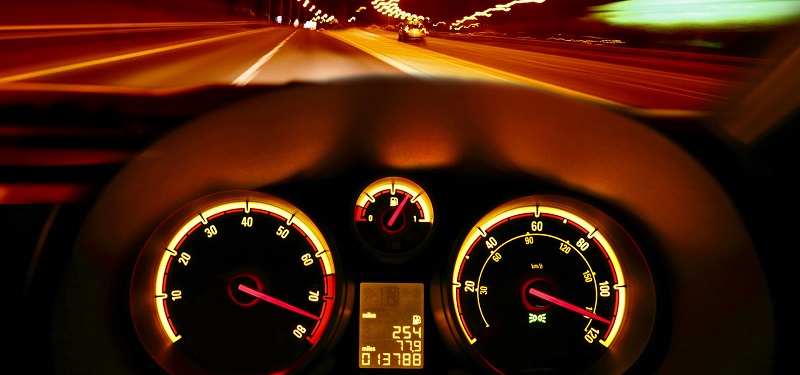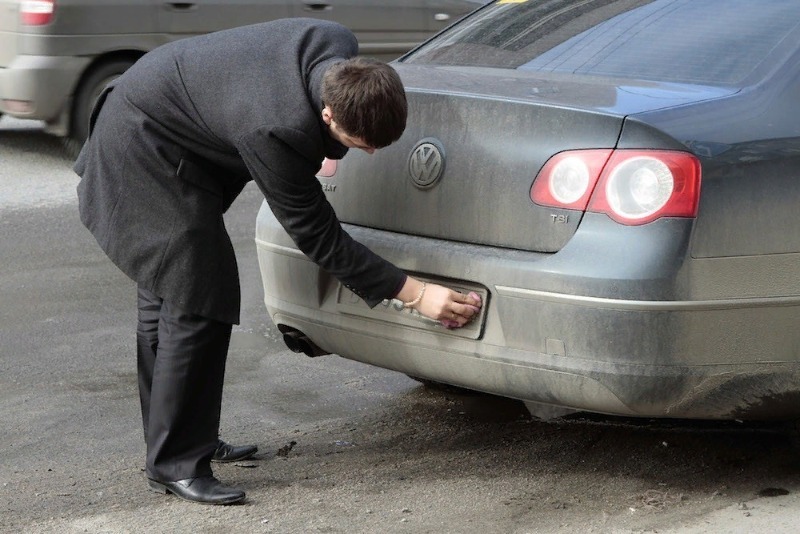
Why do the speedometers of most cars lie at 5 or even 10 km / h
Not all drivers know that the actual speed may differ from what you see on the dashboard. This is not due to a sensor failure or anything else. Most often, the incorrectness of the indicators is associated with the device of the speedometer itself or the equipment of the machine.

Not calibrated at the factory
The first, and most non-obvious reason, is calibration. Indeed, that’s where you don’t expect a dirty trick. But not everything is as simple as it seems. The manufacturer has the right to set some error for the speed measuring device. It is not erroneous and is regulated by regulatory documents.
In particular, GOST R 41.39-99 directly says that "the speed on the instrument should never be less than the true speed." Thus, the driver always gets a car on which the readings are slightly overestimated, but cannot be lower than the real speed of the car.
Such discrepancies are obtained due to the test conditions. In the same GOST, standard temperatures for testing, wheel sizes and other conditions that meet the standards are indicated.
Leaving the manufacturer's factory, the car already falls into other conditions, so the indicators of its instruments may differ by 1-3 km / h from reality.
The indicator is averaged
The conditions of life and operation of the car also contribute to the readings on the dashboard. The speedometer receives data from the transmission shaft sensor. In turn, the shaft receives an acceleration directly proportional to the rotation of the wheels.
It turns out that the larger the wheel, the higher the speed. As a rule, tires are put on cars with a diameter that the manufacturer recommends, or a larger size. It results in an increase in speed.
The second point is also related to tires. Namely, their condition. If the driver pumps the wheel, then this can add to the speed of the car.
Tire grip negatively affects the speedometer. Also, the drive of the car can affect the actual speed. For example, it is easier for the motor to spin wheels on alloy wheels. And they are often put in place of heavy stamping.
Finally, the wear and tear of the machine also affects. Old cars show much larger numbers on the speedometer than they really are. This is due to the actual wear of the sensor, as well as the condition of the motor.
Made for safety
It has long been noticed that a higher number on the device helps save the lives of motorists. Especially new drivers. Slightly inflated speedometer data is regarded by an inexperienced person as the norm. He has no desire to speed up.
However, this rule works at high speeds, over 110 km / h. For indicators within 60 km / h, the discrepancies are minimal.
To understand how much your car overestimates the numbers, you need to install a special GPS speedometer. It reads indicators along the distance traveled, making dozens of measurements of distance changes per second.

